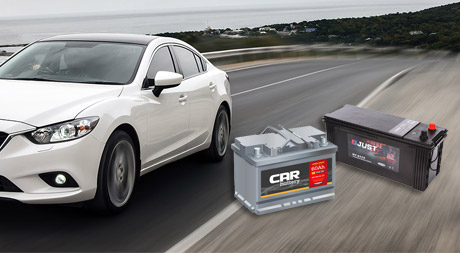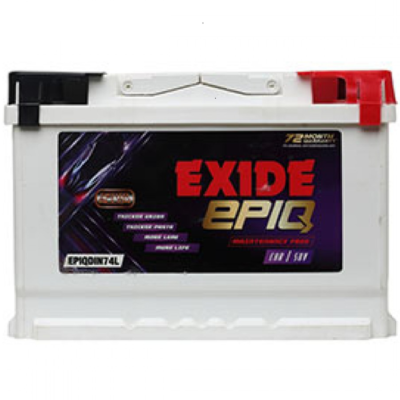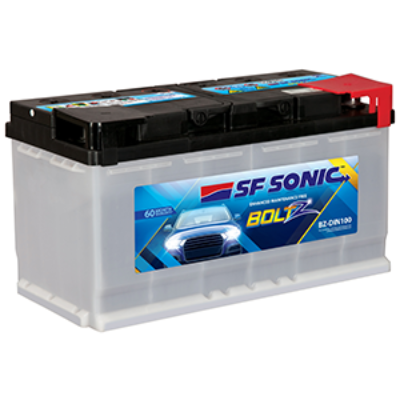Sales Support(Call/Whatsapp)
0
Total
₹0.00
No products in the cart.
Free Shipping on All Orders Over ₹599
Only this weekend
Super Discount
Items on sale this week
Top picks this week. Up to 50% off the best selling products.




















